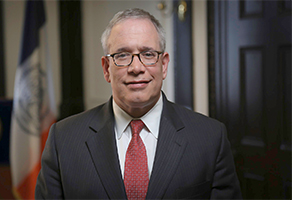Trending
Small number of cluster site landlords make up lion’s share of unsafe conditions
Comptroller releases report in wake of deadly Bronx radiator accident

A small handful of landlords, including the owner of a Bronx building where two infants were killed last week in a radiator accident, account for an outsized share of dangerous violations in the city’s private-apartment program for homeless families.
When the homeless shelters fill up, the city send families to private apartments known as cluster sites. These buildings, most of which are in the Bronx, have a notorious reputation for being dangerous.
After two children died in an accident at one of these cluster sites last week, city Comptroller Scott Stringer found that just a few of the 100 landlords in the program are to blame for the lion’s share of the violations, the New York Daily News reported.
Roughly 10 percent of those property owners account for 48 percent of the 3,265 cluster units in the city, which in turn recorded 56 percent of the 1,119 “high priority” health, fire, building and code violations at cluster sites as of September, a report by Stringer’s office found.
More than half of the 16,026 open violations at all the city’s cluster sites are in buildings owned by just 11 landlords.
Mayor Bill de Blasio’s administration said it was working rapidly to remove families from cluster sites into safer properties, but noted the number of families in need far exceeds the limited available supply of affordable housing.
The city has proposed requiring 80/20 landlords to set aside affordable units for the homeless, as The Real Deal reported.
One of the bad actors on Stringer’s list, Moshe Piller, owns the Bronx building where two infants were killed last week when a radiator shot scalding steam into their bedroom.
De Blasio campaigned on getting rid of cluster sites, but amid a homelessness crisis the number of units grew from 2,918 during his first year at City Hall to a peak of 3,658 in 2015. There were 3,205 units in the program as of last week. [NYDN] – Rich Bockmann




